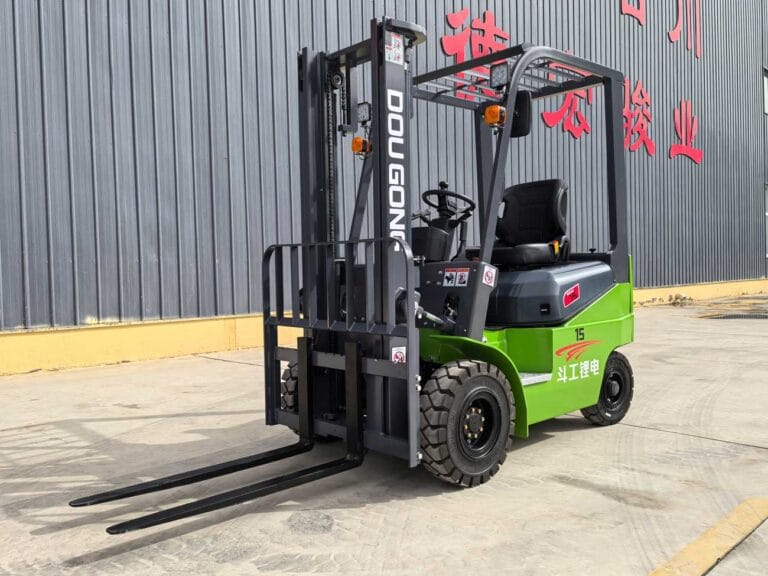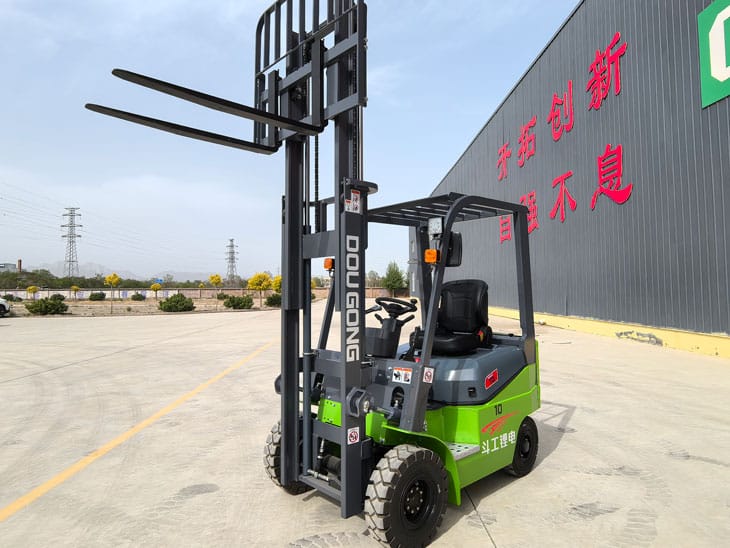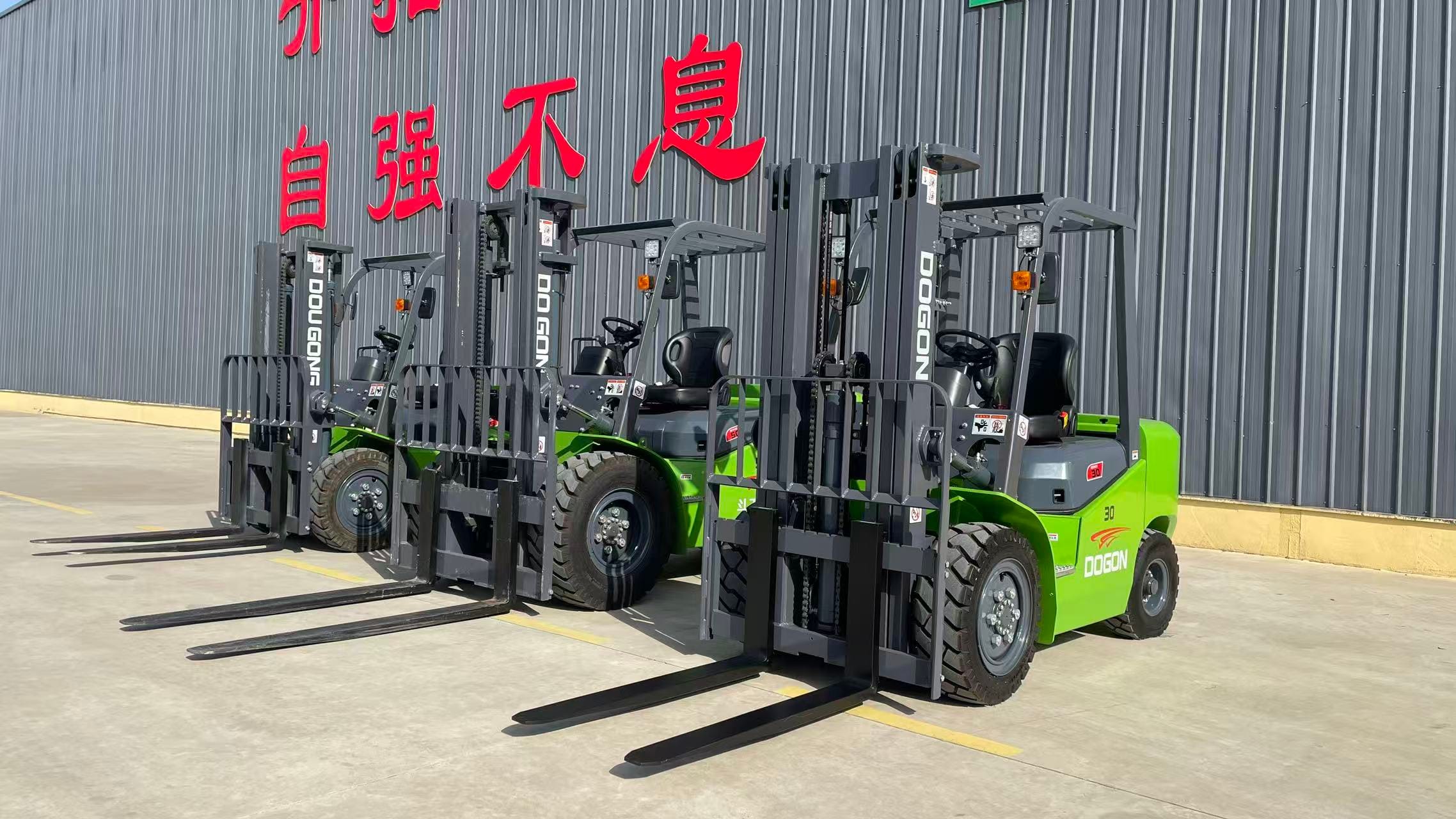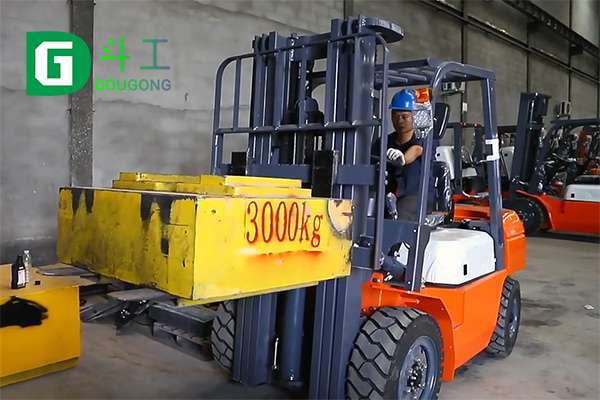When choosing a forklift for indoor use, selecting the right type is crucial for safety, efficiency, and long-term cost savings. Electric forklift models have become the preferred choice for warehouses, factories, and indoor storage facilities. Unlike fuel-powered forklifts, electric forklifts offer low noise levels, zero emissions, and easy maneuverability in tight spaces. They are energy-efficient and require less maintenance compared to LPG or diesel forklifts. Choosing the wrong forklift can lead to increased operational costs and workplace hazards. In this guide, we’ll cover the best indoor forklift options, key features, and tips for choosing the right one for your facility.

Why Electric Forklifts Are Ideal for Indoor Use
Electric forklifts are specifically designed for indoor environments. They do not produce harmful exhaust gases, making them safe for enclosed spaces. Additionally, their compact size allows them to navigate narrow aisles and tight storage areas efficiently. With rechargeable batteries, these forklifts operate quietly, reducing workplace noise and improving communication among staff. Compared to traditional fuel forklifts like [LPG forklift] or [diesel forklift], electric models require less maintenance and have lower operating costs, making them a practical and eco-friendly choice for indoor logistics.
Noise Reduction Benefits
One of the biggest advantages of electric forklifts is low noise output. This feature is essential in indoor spaces, where loud engines can disturb workers or interfere with sensitive equipment.
Key Features to Look for in an Electric Forklift
When selecting an electric forklift for indoor use, consider several essential features:
Battery Life: Longer battery life ensures fewer interruptions during work shifts.
Maneuverability: Compact design and tight turning radius are vital for warehouse operations.
Load Capacity: Choose a forklift that matches your maximum load requirements.
Lift Height: Ensure the forklift can reach the necessary storage racks or shelves, similar to a [high reach forklift].
Safety Features: Look for stability control, automatic braking, and ergonomic controls.
These features ensure efficiency, safety, and smooth indoor operations.
Types of Electric Forklifts for Indoor Use
There are various electric forklifts suitable for indoor operations:
Counterbalance Forklifts: Ideal for open spaces, these have a rear counterweight to balance loads.
Reach Trucks: Perfect for tall shelving and narrow aisles, providing excellent lifting height.
Pallet Jacks: Compact and lightweight, best for low-level pallet handling.
Stackers: Semi-electric or fully electric, great for medium-height stacking tasks.
Each type offers unique advantages depending on your indoor layout and operational needs.
Comparing Electric Forklifts to Fuel-Powered Options
While electric forklifts are optimal for indoor use, it’s helpful to compare them with other types:
[LPG forklift]: Emits some exhaust, suitable for semi-indoor or well-ventilated areas.
[Diesel forklift]: High power but produces fumes and noise, better for outdoor use.
[Gasoline forklift]: Similar to diesel, not ideal for indoor environments.
Electric forklifts outperform these options in safety, low emissions, and operational cost for indoor applications.
Maintenance and Cost Benefits of Electric Forklifts
Electric forklifts offer several maintenance and cost advantages:
Fewer moving parts compared to internal combustion engines reduce breakdowns.
Battery-powered operation lowers fuel costs.
Extended service intervals for motors and components save time and money.
Cleaner operation reduces the need for ventilation systems, saving energy and installation costs.
Investing in an electric forklift pays off through long-term savings and reduced downtime.
Battery Care Tips
Proper charging cycles and battery maintenance extend lifespan and improve performance. Avoid overcharging and ensure batteries are stored in a cool, dry place.

Safety Considerations for Indoor Electric Forklifts
Indoor electric forklifts improve workplace safety but require careful operation:
Ensure operators are trained in handling electric forklifts.
Maintain clear aisles and organized storage to prevent collisions.
Regularly inspect brakes, lights, and battery connections.
Install warning signals in areas with high pedestrian traffic.
Following safety protocols prevents accidents and protects workers and equipment.
Choosing the Right Electric Forklift for Your Facility
To select the best electric forklift:
Evaluate your indoor space and aisle width.
Determine maximum load and lift height requirements.
Consider shift duration and battery life needs.
Factor in maintenance, cost, and operator training.
This approach ensures optimal productivity and safety for indoor operations.
Energy Efficiency and Environmental Benefits
Electric forklifts are more eco-friendly than fuel-powered forklifts. They reduce greenhouse gas emissions and contribute to a healthier working environment. Using electric forklifts indoors eliminates the need for heavy ventilation systems, reducing operational costs and carbon footprint. Switching to electric forklifts demonstrates corporate responsibility and aligns with modern sustainability goals.
Common Indoor Use Scenarios
Electric forklifts excel in various indoor applications:
Warehouses with high-density storage.
Cold storage facilities where emissions must be minimized.
Manufacturing plants with narrow aisles.
Retail distribution centers handling frequent pallet movement.
Their versatility makes them indispensable for indoor logistics.
Upgrading Your Indoor Fleet
For companies considering upgrades:
Replace older LPG or diesel models with electric alternatives.
Integrate high-reach electric forklifts for tall storage solutions.
Plan battery charging stations to optimize workflow.
Evaluate total cost of ownership, including maintenance and energy savings.
A strategic upgrade ensures efficiency and long-term operational improvements.
Conclusion
For indoor operations, the electric forklift is the superior choice. It combines safety, efficiency, low emissions, and reduced maintenance. Choosing the right model depends on your facility’s size, storage requirements, and operational needs. Investing in electric forklifts ensures a safer, cleaner, and more productive indoor environment. By considering maneuverability, load capacity, and battery performance, businesses can achieve long-term cost savings and sustainability. For indoor logistics, electric forklifts are not just an option—they are the standard.
FAQs
Q: Are electric forklifts suitable for heavy indoor loads?
A: Yes, modern electric forklifts can handle heavy loads comparable to small diesel forklifts or LPG forklifts, especially models designed for high capacity or heavy-duty applications.
Q: How long does an electric forklift battery last?
A: Battery life varies by model and usage, typically ranging from 6 to 12 hours per charge. Proper maintenance and charging routines can extend lifespan.
Q: Can electric forklifts be used outdoors?
A: Electric forklifts can be used outdoors on smooth surfaces, but they are best suited for indoor environments. For rough terrain or long outdoor use, diesel forklift or [gasoline forklift] may be more appropriate.




